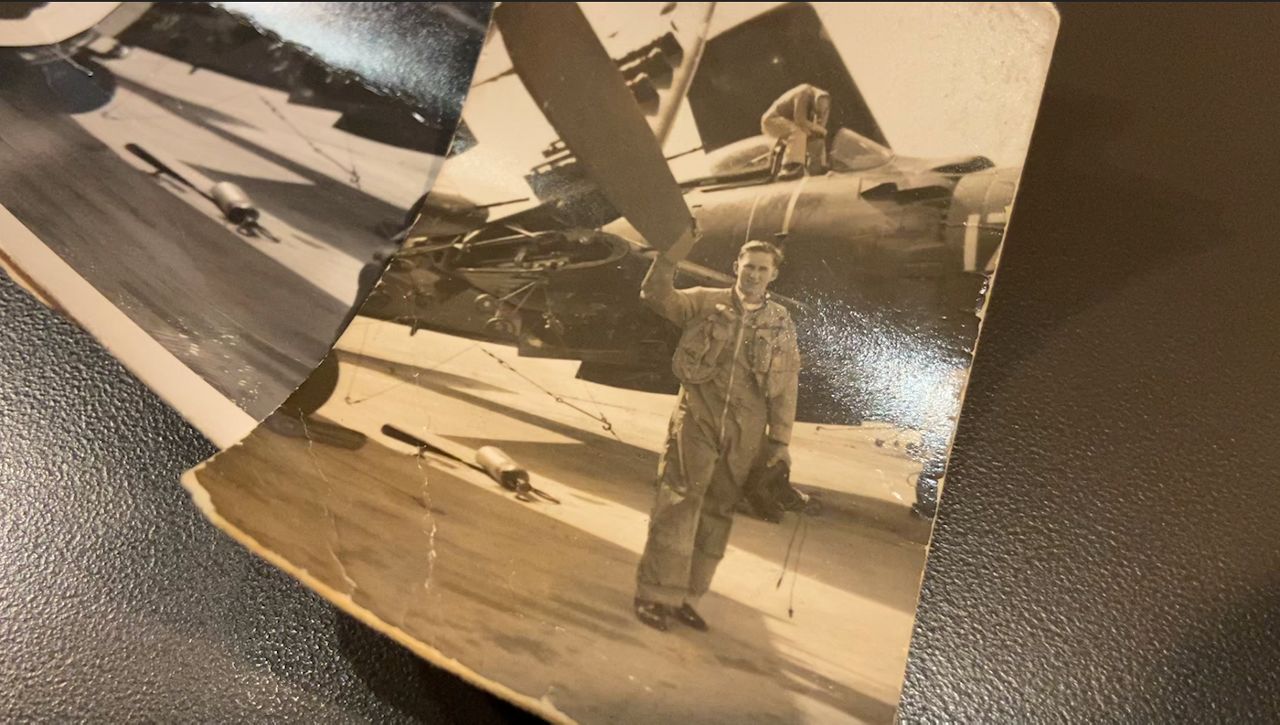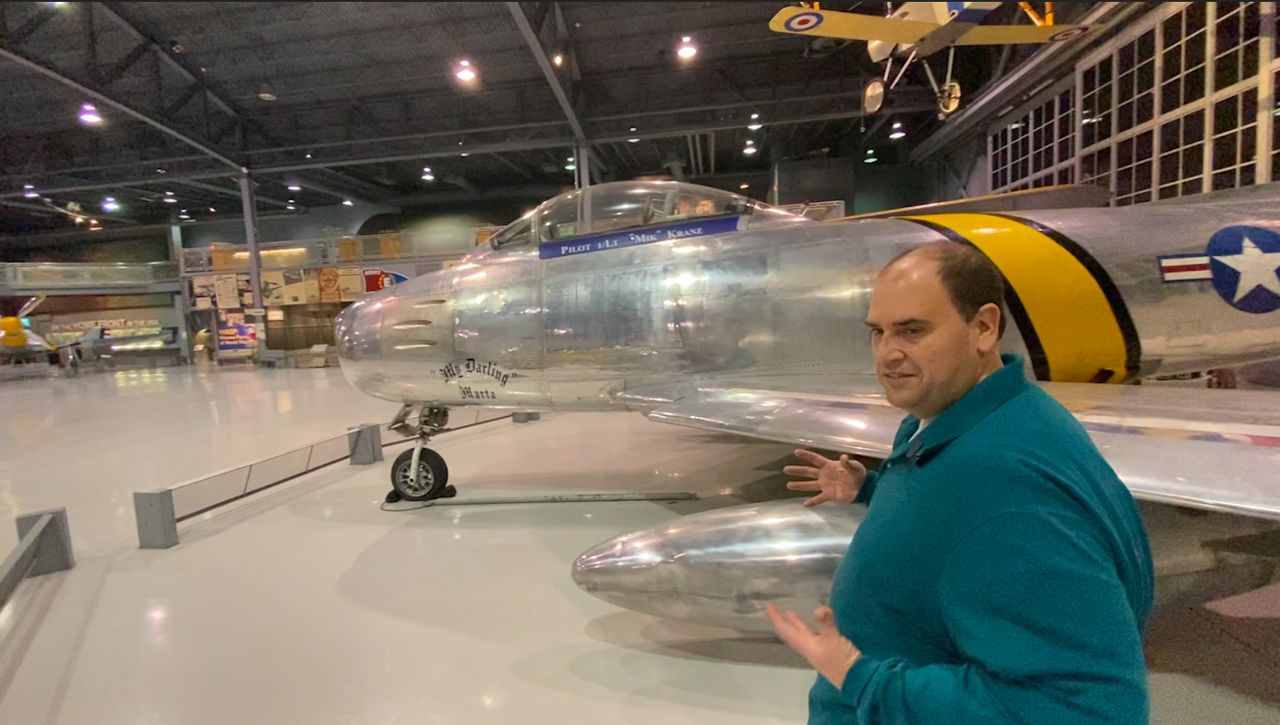OSHKOSH Wis. — In the mid-1950s, Merle Tellock was part of a Navy squadron training pilots to fly attack aircraft.
Global tensions were running high.
What You Need To Know
- The Cold War started in the late 1940s and lasted until the early 1990s
- It was an era of high tensions and proxy wars between the United States and Soviet Union
- Tensions between the U.S. and Russia are again high since the start of the war in Ukraine
“We trained Navy pilots that who already had their wings but we were training them for advanced training,” the Oshkosh native and resident said.
Echoes of the past have been resurrected through the war in Ukraine with western allies backing that country in its fight against a Russian invasion.
In 1954, the war in Korea was at a stalemate and the division of Europe was well entrenched between U.S. and European allies and the Soviet Union.
“In the Korean War, the Navy took a terrible beating,” Tellock said about the need to train more aviators. “We were flying piston driven airplanes and the North Koreans were flying jet aircraft.”

That war was part of a tumultuous four decades that saw U.S. backed NATO countries in global standoff with the Soviet Union and it’s Warsaw Pact allies.
“In the late 1940s, America and Russia, they’re not in a shooting war, which is why it was dubbed the Cold War,” said Chris Henry, the program representative at the EAA Museum in Oshkosh. “We were supporting other nations and different nations. We had certain allies and Russia had certain allies and they didn’t always agree.”
It’s a time, that for many younger Americans, is just a chapter in a history book. Others lived through that period of world history.
“Anybody that was alive in the 1950s probably remembers drills where you had to hide under your desk and things like that because people were afraid of atomic bombs coming here, nuclear weapons,” Henry said. “That’s still something very big to be afraid of.”

In the latest conflict in Ukraine, Russia has indicated it could use nuclear weapons under certain circumstances. So far, it has not.
Tellock, who had a brother serving in Korean War, now serves as a docent at the museum, helping visitors.
On a world tension scale of one to 10, he said the mid-50’s ranks a 7 or 8. What’s his sense now?
“At least a seven or an eight, tension-wise,” he said. “I think this thing could explode any minute.”



